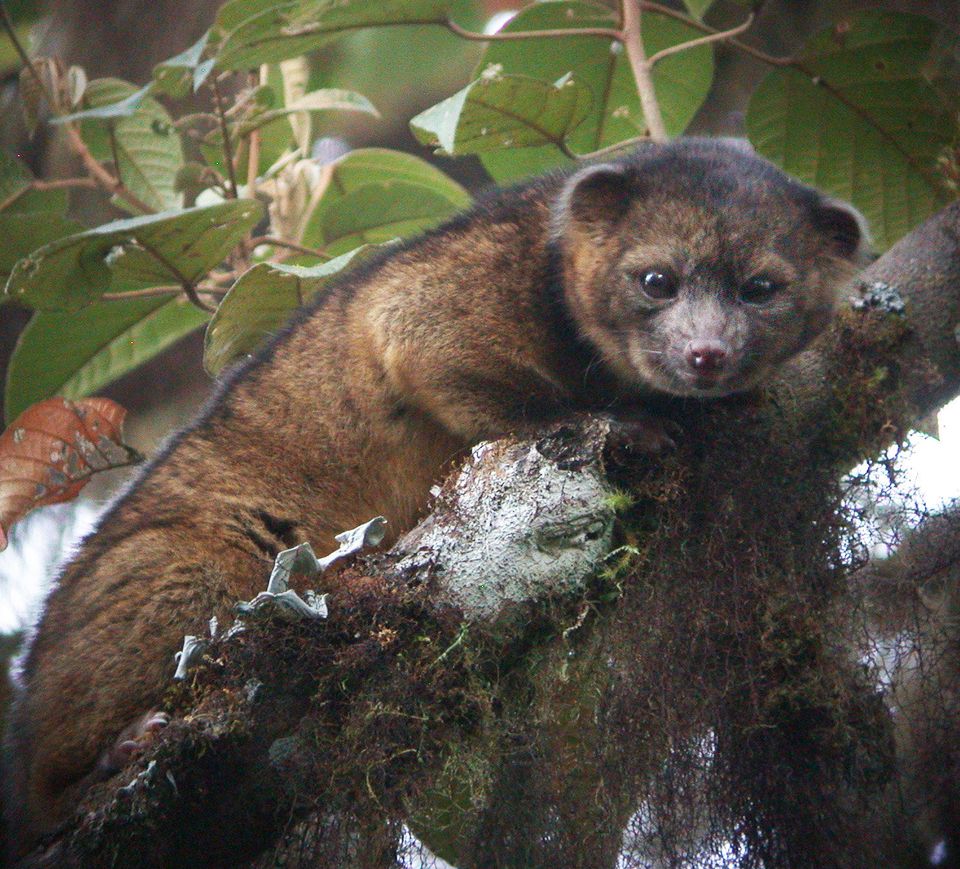
When the last passenger pigeon died at a zoo in 1914, the species became a cautionary tale of the dramatic impact humans can have on the world. But a new study finds that the bird experienced multiple population booms and crashes over the million years before its final demise. The sensitivity of the population to natural fluctuations, the authors argue, could have been what made it so vulnerable to extinction.
“This is a very nice piece of research,” says paleornithologist Helen James of the Smithsonian Institution’s National Museum of Natural History in Washington, D.C., who was not involved in the work. “I hope we can take what we learn from this and begin to build better ways of determining a species’ extinction risk.”
In the 1800s, the passenger pigeon (Ectopistes migratorius), named after the French word passager for “passing by,” was the most abundant bird in the world. It accounted for more than a quarter of all birds in North America, with an estimated population of 3 billion to 5 billion. The species traveled in enormous flocks, as wide as a mile and many miles long, and could strip an area of nuts within days. When the last passenger pigeon died in 1914, ecologists blamed deforestation and overhunting; the bird had become a popular source of cheap meat for both human consumption and livestock feed. But the story didn’t add up for everyone.
“We thought that some piece was probably missing in this puzzle,” says Chih-Ming Hung, a biologist at National Taiwan Normal University in Taipei. “If people are just killing pigeons one by one, even combined with habitat loss, it’s still hard to believe they can go down in number so fast.”
Hung and his colleagues collected tiny tissue samples from four well-preserved passenger pigeons held at museums around the world and used cutting-edge genetic technology to sequence the animals’ DNA, as well as the DNA of a modern relative, the domestic pigeon. By comparing the genes from each bird, Hung’s team was able to determine how the overall passenger pigeon population had changed over the years. At any given time, a smaller population of birds means less genetic diversity.
Hung found that before Europeans settled in North America, the passenger pigeon population was already far from steady. Instead, the number of pigeons had fluctuated by up to 1000-fold during multiple population shrinkages and growths over the previous million years. Such massive fluctuations aren’t typical for any species. The researchers suspect that climate-driven shifts in the availability of acorns, one of the pigeon’s primary food sources, might be responsible. These shifts matched up with the fluctuations in population size. But they have no way to prove the connection.
The findings suggest that the passenger pigeons’ extinction may not have been solely due to human influence. Instead, the double whammy of an already natural population decline coupled with the pressures of hunting and population loss may have done the bird in, Hung and colleagues report online today in the Proceedings of the National Academy of Sciences. “If it’s already on this track, human influence can further increase the speed that the population goes down,” Hung says. “And once it gets down to some really low level, there’s no way for the birds to recover.”
Beth Shapiro, a paleogenomics researcher at the University of California, Santa Cruz, who also studies the passenger pigeon’s genetic past, says the new data are encouraging and fit with her own group’s unpublished findings. “I think the discovery that their populations regularly fluctuate in size makes these birds even more fascinating,” she says. “This is not what we consider normal behavior.”
More work will still be needed, though, she points out, to fill in gaps in the pigeons’ natural history. The genetic data show only very long-term trends, and thus don’t reveal what the birds’ last decades were like. It’s also unclear which biological properties of the passenger pigeons made them so prone to population fluctuations. If biologists can answer these questions, Shapiro says, they may be able to identify other species that, while they are plentiful in number and not considered at risk of extinction by classical methods, could be in danger of an unexpected die-off.
This story has been provided by AAAS, the non-profit sciencesociety, and its international journal, Science.
